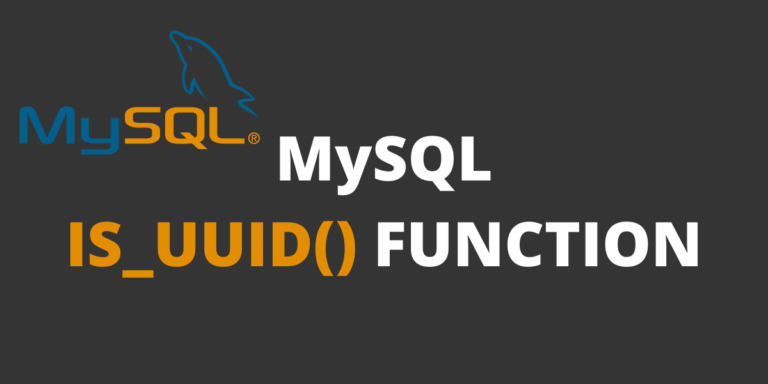
There are valid cases of choosing UUID e.g. And most applications are less complex than those issue tracking tools. Jira, Apple's Radar, Google's issue tracker, etc. In fact, all major issue tracking systems use an integer as the issue id. and issue id such as issue/123 is definitely more readable than issue/b1e92c3b-a44a-4856-9fe3-925444ac4c23. The tool likely will have at most 5 figure projects each containing 5 figure issues. Take the classic issue tracking/project management tool as an example. order #), inspected by the operation engineer, customer support etc.ĩ9.9% of the applications won't reach internet scale and they just consist of several models allowing CRUD operations, containing thousands of records. The primary key is not only used by the system, it's also exposed to the end user (e.g. Numbers are easy to write, easy to remember and easy to communicate. Why? Readability, and readability leads to simplicity. 95% of the time, the default choice should always be Auto Increment Integer. Attackers can also scan the integer range to explore leakage (though it shouldn't happen if ACL is implemented correctly).Īs listed above, there are Pros and Cons between the 2 approaches. Some business data can be exposed since the latest ID could represent the total number of inventories.

And that service becomes a single-point-of-failure (SPOF). In a distributed system, this often means introducing a separate service to produce this sequential number. Instead, we must consult the database to figure out the next available primary key.

Not naturally sortable according to creation time.Version 1 UUID stores timestamp info, which could be useful sometimes.

However, your security team would always insist that a publicly accessible UUID path does not meet the security standard. A sense of security since the malicious users can't guess the ID.Stateless, it can be generated on the fly.Easy for migrating data between systems since collision is only theoretically possible. No false positive for finding items using log. Most of the time, people either choose v4 (random UUID) or v1 (timestamp UUID) There are 5 standard UUID formats nowadays. By referring to some articles, I got the information below: UUID


 0 kommentar(er)
0 kommentar(er)
